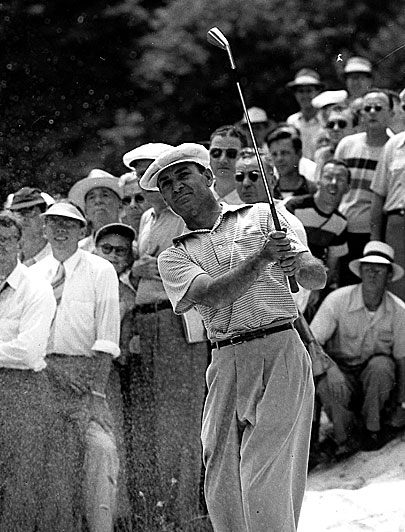Golf Putting Tips… save strokes immediately with improved putting.
This post will review five golf putting tips and how you can improve your golf scores immediately.
We all have heard the saying “drive for show and putt for dough”. The easiest way to improve your golf game and your scores is to improve your putting. You don`t have to be a great athlete and it doesn`t matter what your golf swing looks like. If you spend a little time on the putting green practicing the proper techniques, you will see immediate results.
With that in mind, let`s take a look at these five golf putting tips!
—————————————————————-
Golf Putting Tips – Five Factors To Consider:
1. Where should me feet shoulders be?
Your feet and shoulders should be square to the putting line. There are exceptions to this rule but they are fighting against themselves. If you notice the best putters, i.e. Brad Faxon, you will see that their feet and shoulders are square to the putting line. Having everything square allows the hands and arms to flow freely.
2. Should I keep my head still?
Kind of a silly question. Of course, you should keep your head still, plus your eyes, also. Many people forget the eyes. It is very important to keep the eyes still as well as the head. Notice the really good putters, there head and eyes don`t move until the putt is well on its way. If you look up prematurely, you will have a tendency to push your putts.
3. Where do I aim?
I like the idea of picking a spot/blemish on the green a few feet from the golf hole. This gives you something to focus on. You can visualize the golf ball rolling over the spot right into the golf hole. Use the practice green to get used to this method. I think you will find it will help tremendously. It takes your focus off the hole and onto putting on a good stroke to your spot.
4. How do I determine the line?
There are so many factors that determine your line. Some of them are speed of green, slope (slant of green), uphill or downhill, type of grass, grain and probably many more that I can`t think of right now. One thing you should definitely do is watch closely the chips and putts of your playing partners. That will tell you a great deal about the tendencies of the green, speed, break etc.,and will help you in determining your putting line. Also, without causing undo play delay, you should survey your putt from behind the ball, from behind the hole and on the side of your line. This will give you the best idea of your putts tendencies.
5. What effect does grain have?
Grain is, basically, which direction is the grass growing. There are two factors here, which way is the green draining and which way is the grass growing. Most greens will drain toward the front of the green, a bunker or water and the grass will always grow toward the setting sun. Obviously, putts that are down grain will be faster and opposite, or slow, for into the grain. Also, cross grain putts will break more toward the direction of the grain. You can over analyze this factor sometimes but just be aware that it exists.
—————————————————————-
I hope that you can take one, or more, of these golf putting tips and improve your putting quickly. I little time spent on the practice putting green can really pay off well.




